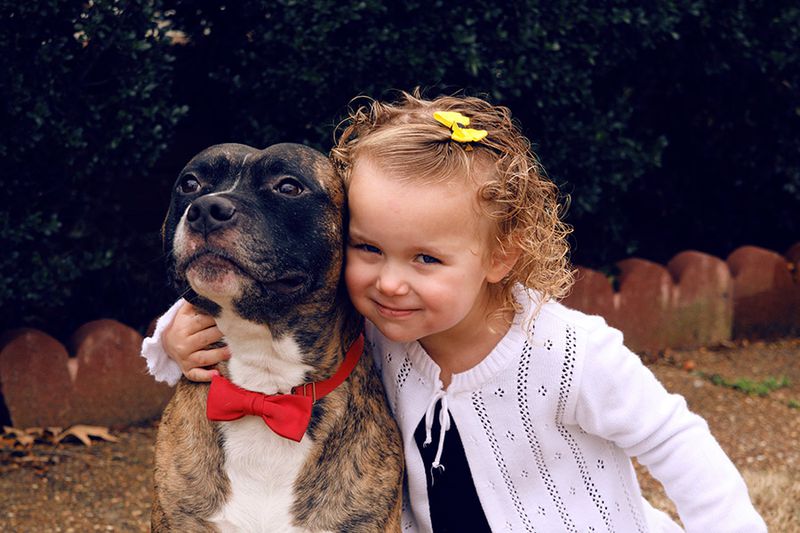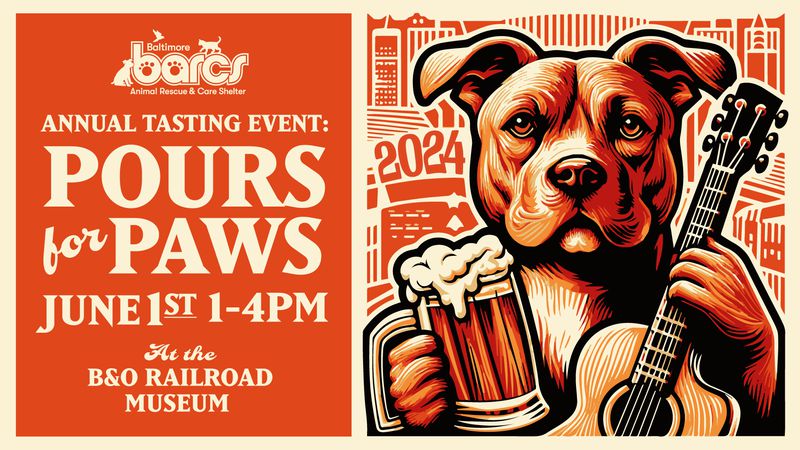Dogs and Children

Interactions between dogs and children should be supervised, especially with recently adopted dogs while they are getting used to their new family. It is your responsibility to teach your child to respect your dog and show him the proper way to interact with him.
Signs of Stress and Discomfort
Dogs tell you what they are comfortable with through their body language, so it is important to observe your dog when he interacts with your child. Signs that your child is making your dog uncomfortable include his body is crouched low, yawning when he isn’t tired, licking his nose, whale eye (most of the whites of his eyes are visible), excessive scratching, shaking-off when he is not wet, a tense body, ears back, and a closed mouth. If you see the signs that your child is stressing your dog out, you should end the interaction. Moreover, if your dog avoids your child or removes himself from the interaction, don’t force him to engage. Give him space and time to come around.
Signs of Contentment and Relaxation
The signs that your dog is comfortable and enjoys interacting with your child include having a loose body, a tail and back-end that is wiggling, his mouth is open, his tongue is out, his body is curved, and his features are ‘soft.’ Even if you see the signs that your dog enjoys interacting with your child, we nevertheless suggest supervising all interactions because accidents can happen quickly.
Troubleshooting
If your dog avoids or doesn’t seem to ‘like’ your child, there are steps you can take to improve their relationship. The first thing you should do is to make sure your child behaves appropriately with your dog: insist that he doesn’t hug, ‘ride,’ smother, or lay on the dog. While this may seem cute to people, most dogs dislike it. Furthermore, make sure your child is calm and relatively quiet around your dog, make sure he doesn’t put his face in your dog’s face, and insist that he doesn’t pester him while he’s in his crate. It’s also a good idea to teach your child not to take your dog’s food or toys. If your child behaves appropriately with your dog, and he still avoids him or seems not to ‘like’ him, then you can take direct steps to improve their relationship. For example, have your child feed your dog tasty treats when he is calm so that he associates this positive experience with your child. Depending on your child’s age, you can teach him to teach the dog tricks using delicious food as a reward. Additionally, your child could play fetch with your dog and feed him his meals. Essentially, you are conditioning your dog to see your child and expect good things to happen, because everything yummy or fun comes from him.
If at any point you are concerned by your dog’s reaction to your child, cease all interactions and contact us or another qualified professional immediately.


